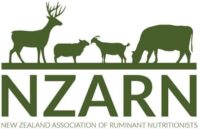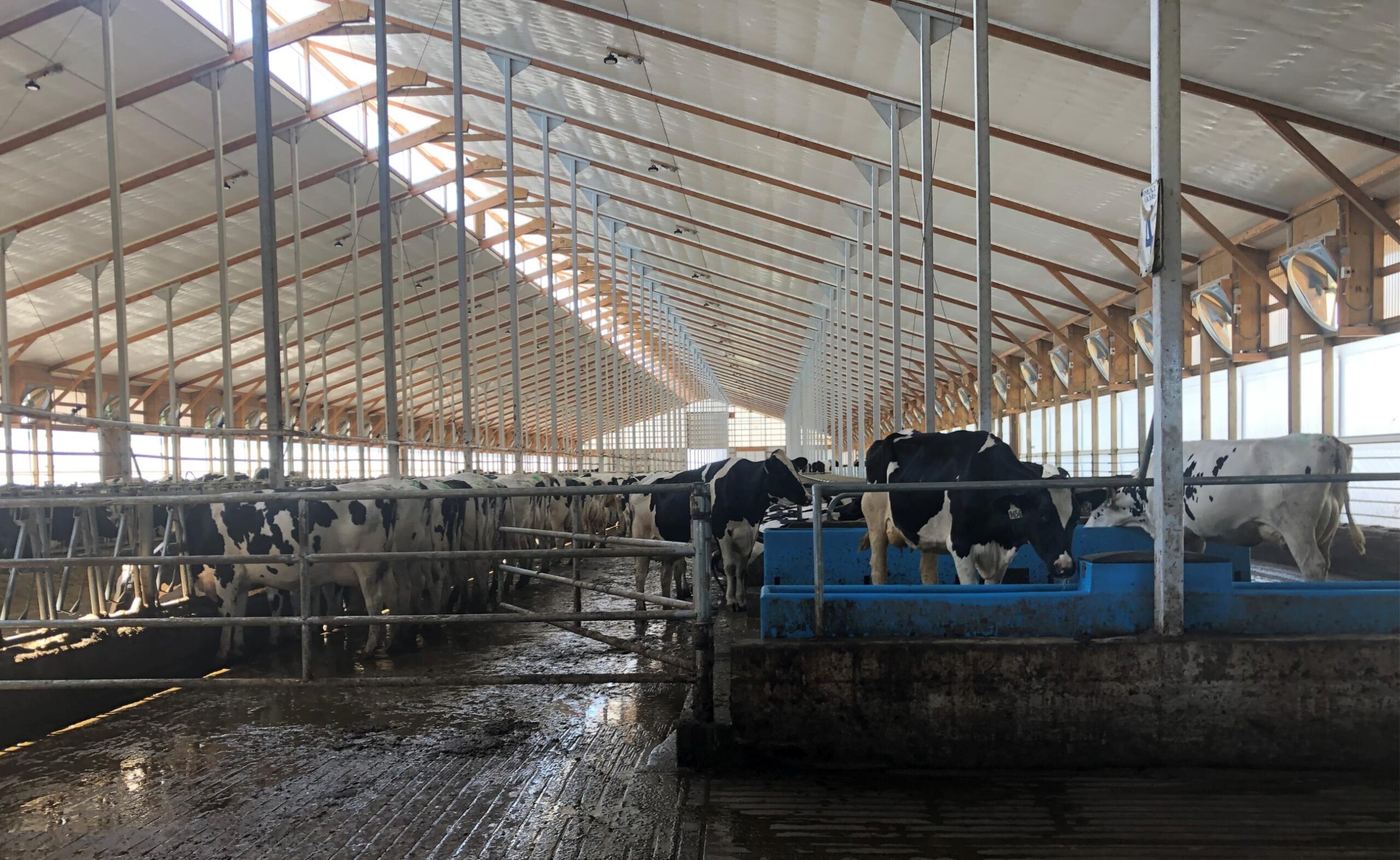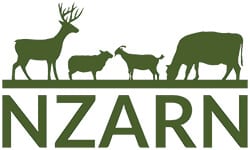Pip starts the session by outlining some key factors that we need to reach broad agreement about with regard to dairy productivity and profitability.
“Can we agree that”…. 1) The three bottom lines of animal welfare, environmental and economic sustainability are created by the management of biological production systems. 2) Cutting all costs contravenes point 1; 3) No single production system (NZ 1-5) is more profitable than another, rather we must execute well to achieve point 1; 4) Dry cows don’t generate profit, lifestyle around short lactations is a personal choice, not a business strategy (and don’t confuse the two); and 5) Pasture grown and utilised / ha is a physical KPA but not an economic KPI, however the efficiency with which cows convert consumed feed to milksolids drives profit.
Pip stresses the point that operational approaches on one farm do not necessarily convert from one farm to another farm business.
A case study from 2014/2015 is discussed. Milksolid price in that season was $3.90/kgMS, Fonterra messaged at the time that farmers must reduce operating costs, targeting FWE/kgMS of under $3 vs historical levels $4.50. Pip defined this as a race to the bottom, if cutting costs on everything. There is risk focusing on short term change if not aware of negative impacts on longer term outcomes – if we cut essential inputs from a biological farm system. Rather “The key to farm profitability is a combination of high physical output from the same inputs (technical efficiency) with a strong focus on cost control” remains Pip’s focus.
The ”big ticket” FWEs are defined by Pip in the presentation. Obvious costs are the standard ones – feed, fert, wages etc. The key ones to keep at front of mind were highlighted by Pip as 1) “do you know the actual cost of finance”, and; 2) “will your operating profit cover the cost of finance”? Deferring to interest only payments offers short cashflow relief but isn’t sustainable in the longer term.
Financial strategies involve either to lower FWEs or to increase revenue. Pip discusses which is the better approach when milk price is low. Care is needed if cost reductions reduce revenue by reducing less MS produced per cow, expressed on MS as % of bodyweight. Strategies depend on debt situation, freehold offers more options compared to businesses with higher levels of bank debt.
Pip presents his six key thoughts / advice to optimise conversion of feed to milk. Program stock for optimal lifetime productivity. FCE underpins EFS results, making the business less reliant on capital appreciation as a financial KPI (calf to cow, therefore including wellbeing of calf through to heifer through to milking cow). Underfeeding calves may have lifetime MS production deficits later in life, short term underfeeding of young stock = longer term consequence. Increasing per cow and per ha production is based on more homegrown feed as a focus, across the entire year. Changing language from “cost cutting” to “effective cost control” is defined. Rations that are purpose built for stage of lactation, specifically the transition cows will enhance FCE. We need to focus on MS % in combination with milk volume (A+B-C). A 300 Days in Milk lactation is a further driver of FCE.
A case study is presented by Pip, focusing on modelling a Waikato dairy farm, including physical and financial KPIs and financial outcomes for three scenarios. The case study presents two modelled scenarios compared to a baseline scenario (in a similar way to DairyBase). Altered variables across the three models include (but not limited to) different levels of feeds grown and utilised on farm. Key physical KPIs are altered for each of the three scenarios, including pasture grown/ha, stocking rate, feeding PKE vs. compounds feeds – to name just a few variables adjusted by Pip for the purposes of this modelling process. Outputs varied for the three scenarios. KgMS/cow varied between 364 and 498 kgMS/cow. Operating profit Margin (measure of liquidity) and RoA (operating profit as % of assets) varies from -1% to +1.05%.
A question is posed by Pip around “can we achieve more from the same inputs”? He answers his own question by listing the key parameters required to improve efficiencies across multiple points across a dairy business. Everything from effective grazing management through to quality of forage and ensuring that all cows complete a 300 day lactation are discussed – a very worthwhile discussion to watch. Pip concedes that strategies that promote more milk (and not just focused on cost cutting) are often viewed as controversial, and NZARN members are encouraged to be courageous and to support this approach. Examples include transition cow management, foetal programming, epigenetics, protecting rumen health, forage management, ample, clean stock water for cows and minimising stress and associated inflammatory changes. Pip completes the discussion with an acknowledgement that negative energy balance is more a function of feed intake by cows, than milk production, in turn, DMI is related to timing of ovulation onset after calving.
Pip was born and raised on farm in the pristine far north-west corner of Tasmania – a community centred around grazing dairy businesses. After studying theology… Pip made the move back into dairy business management, technical nutrition and consulting.
He has spent the last 25 years working in both corporate and private company executive roles, providing a core technical focus on the collaboration of animal health and production via nutritional interventions, with a strong linkage to improving environmental and financial sustainability within ruminant facing businesses.
Pip recently joined the technical ruminant team at Feedworks, providing an array of nutrition support services and serving as a professional development educator to the ruminant sector on both sides of the Tasman.
Alongside his corporate responsibilities, Pip has served on the executive of the AARN for 5 years, with a 3 year stint as Vice President and 2 years serving as President. He also provides professional support services via Dairy Australia in the form of facilitating the “Advanced Nutrition In Action (ANIA)” courses across Victoria, South Australia and Tasmania. Pip has been privileged to provide nutrition consulting services to a number of Australasia’s larger corporate dairy businesses to support their pursuit of continuous improvement.
NZARN members a copy of the presentation is available below if you are logged in.
Non-members looking for more information are encouraged to use our ‘contact a nutritionist’ form and ‘member directory’ to find a member who can help them answer their questions.
If you are a Rural Professional interested in joining the NZARN please see our ‘membership’ section.


